Excerpted from Randy Mosher’s Tasting Beer, 2nd Edition.
You really can’t ask for a better partner for food than beer. Its breadth of flavors, aromas, textures, strengths, and colors offers some compelling harmonies and appropriate contrasts to just about any imaginable dish. From sweet to bitter to sour, and tempting us with at least a thousand different aromas covering the better part of food vocabulary, beer offers far more to work with than wine. It’s a rare dish that can’t find its beery mate.
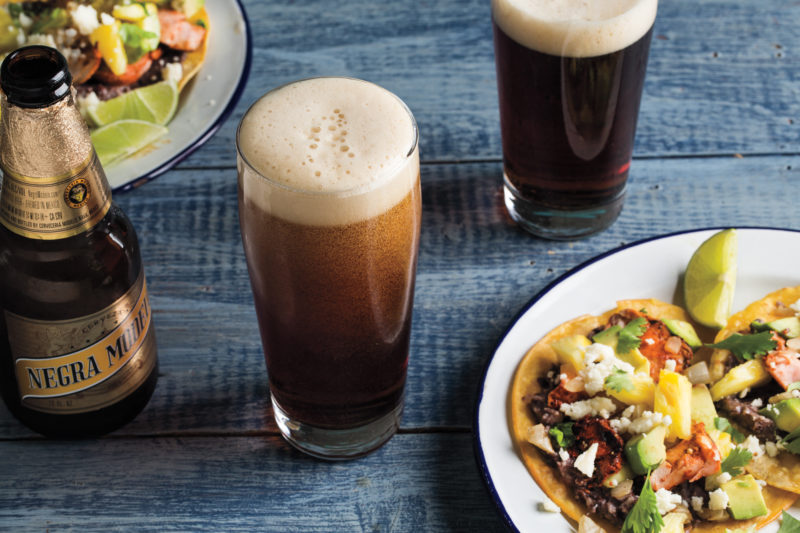
The following three-step process covers what I feel to be the most important considerations when choosing beer and food partners.
STEP 1: MATCH INTENSITY
While one partner often will be a little more assertive than the other, delicate dishes work best with delicate beers, and strongly flavored foods demand assertive beers.
STEP 2: FIND HARMONIES
These are flavors that are either similar or feel comfortable together for other reasons. They are most often found in the aromatic realm. It makes sense, because there are thousands of unique aromatic molecules in beer and food, so there are ample opportunities to find things that can relate to one another.
STEP 3: CONSIDER THE CONTRAST ELEMENTS
Sweetness, bitterness, carbonation, heat (spice), and richness — certain qualities of food and beer interact with each other in specific, predictable ways. Taking advantage of these interactions ensures that the food and beer will balance each other, with neither one hogging the limelight.
Beer through the Meal
Each part of the meal has a unique dynamic that offers both restraints and opportunities. Salads are ultimately flexible, appetizers need to keep it light, main dishes can be just about anything, and desserts require big beers to tame the sugar and other such flavors.
Beer with Salads and Appetizers
Crisp, refreshing beers are the best way to start a meal. Lighter wheat beer can be a perfect match for simple greens, but the beauty of salads is that they’re totally modular. By choosing more intensely flavored toppings, a salad can actually handle a fair amount of intensity in a beer, including some serious bitterness.
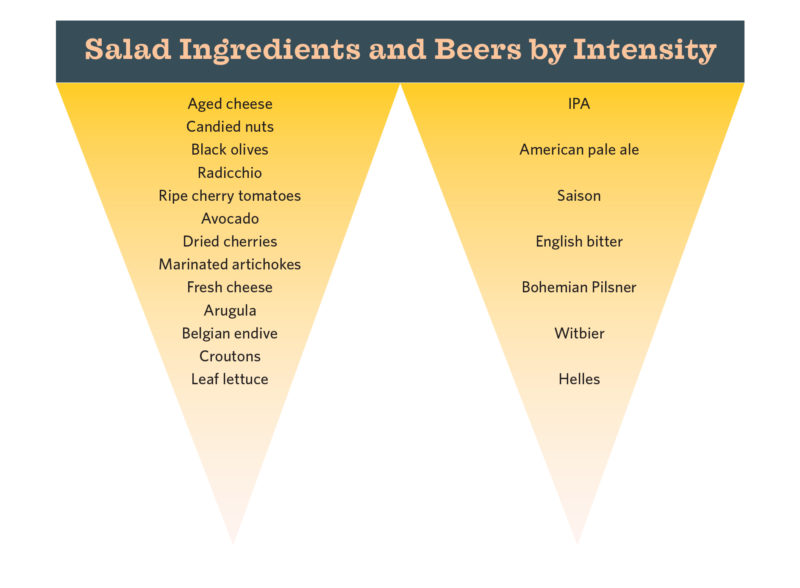
There is no simple rule with appetizers because they are such a disparate group. A simple shrimp cocktail is a very different beast from a cheese-stuffed fried jalapeno pepper, so the same rules about matching intensity, finding affinities, and dealing with contrasts apply. Look at the whole dish — protein, starch, preparation method, and sauce/garnish — and make a guesstimate of its overall intensity.
This narrows down the range of possible beers, so you can then start looking for those harmonies.
There are usually plenty of choices.
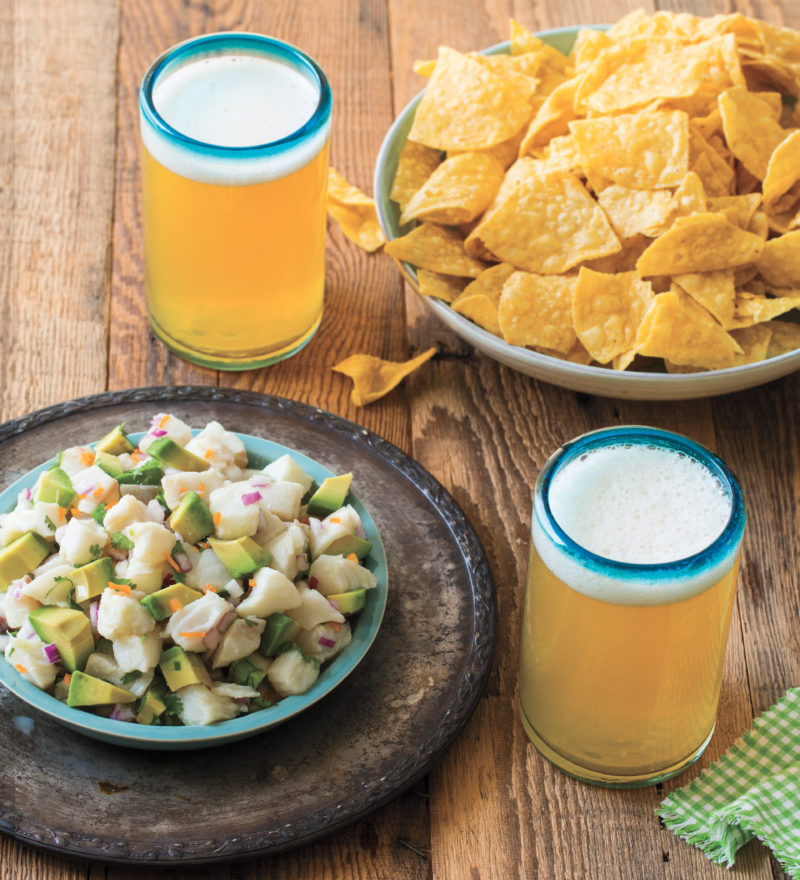
A character-filled blonde ale might be great with seared ahi tuna. A hoppy American pale ale can balance succulent appetizers such as cheese tartlets and bruschetta. Spicy saison is the perfect counterpoint to tangy New Orleans–style shrimp. A full-flavored red ale or amber lager can be an ideal mate to smoked fish — or you might choose to present it with a light-bodied, smoky-roasty stout. Aperitifs should present a fantastic experience without wearing out the palate. Look for beers that are light in body and are not ferociously bitter.
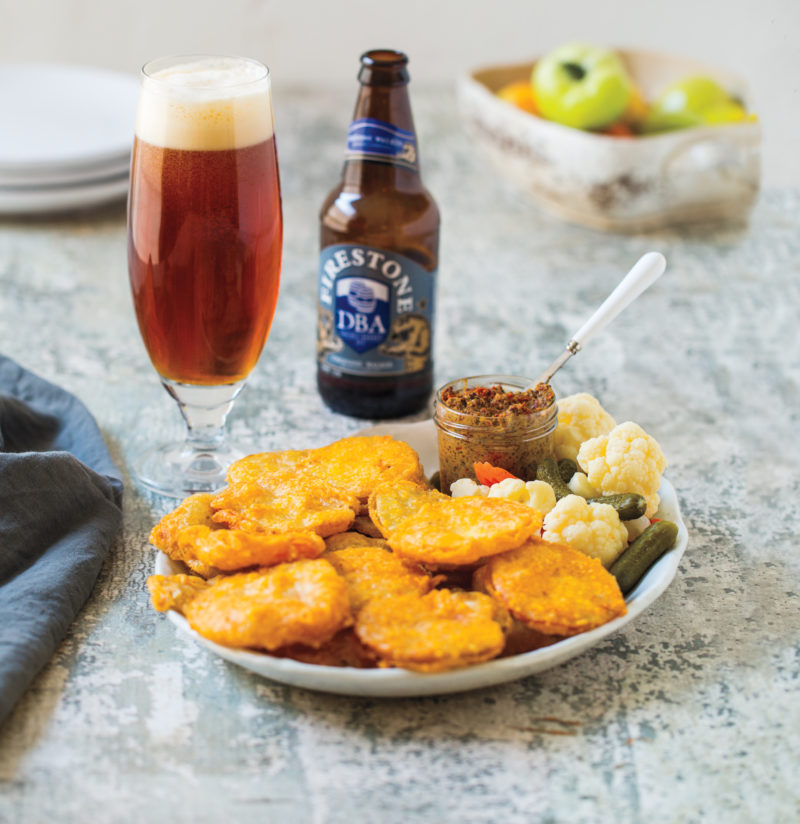
Beer with Main Courses
There’s a beer to suit every main dish, as long as you remember the rules: match intensity, find resonance and affinities, and deal with the contrasts. Like appetizers, main courses combine a main ingredient, cooking method, sauce, and garnishes, each with its own contribution to the overall intensity and character of the dish.
First, consider the main ingredient, often a protein. Lamb, for example, is a much heavier taste on the palate than chicken, so its intensity begins to build at a higher level from the start.
Second, consider the method of cooking. Poaching adds little of its own flavor, but roasting, sautéing, frying, grilling, and smoking give progressively more intense flavors. Because the chemistry of browning is basically the same in food as in the kilning of malt, it’s a great place to look for common elements and affinities: bready, nutty, cookielike, caramelly, toasty, roasty. Different foods and methods of preparation add varying amounts of fat, and this demands a certain intensity in the beer used to balance it.
Third, consider any seasoning, sauce, or other element added to the dish. These dramatically change the character of the dish and may contain herbs, spices, fat, salt, sugar, acidity, chile heat, or all of the preceding. Seasonings and sauces present lots of opportunities for finding connecting points, but they can complicate the picture as well. Remember, there is no perfect match. Look for the most
intense flavor elements on the plate (don’t forget to consider sides or accompaniments), and make sure they’re balanced by the beer, and then move on to making sure there are some common or affinity elements.
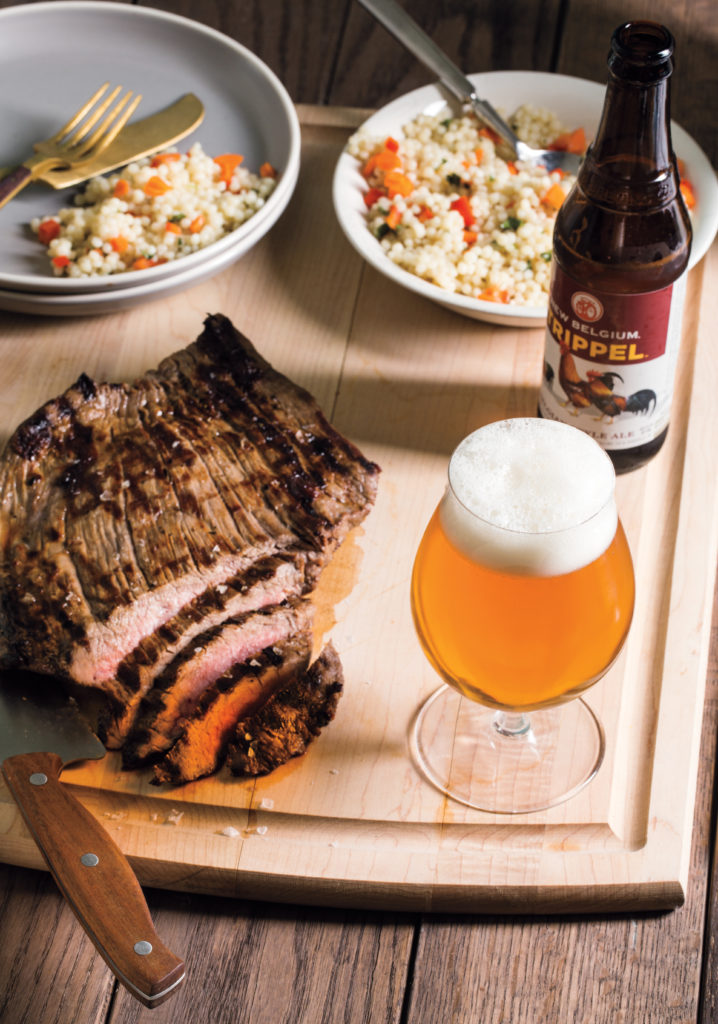
Beer with Dessert
Desserts work beautifully with beer. In case you missed that, let me reiterate: beer is fantastic with dessert! At first thought this might seem to be an odd fit, but when you think about the rich, sweet, caramelly, and roasty flavors that can be commonly found in both beer and food, it makes perfect sense. Not just any beer will do, however. The sweetness and richness of desserts demand rich, full-flavored beers. For the most part, don’t even think about pairing beers of less than 6 percent alcohol with dessert, and the “sweet spot” is probably higher than that.
Fortunately, there are plenty of choices in dessert beers. You might pair a fruity dessert such as apple pie or apricot tart with a strong-but-crisp Belgian-style tripel. Bread pudding or a sugary pecan pie might play off something with similar qualities. The caramelly bittersweet charms of an old ale fills the role beautifully. Spice and citrus qualities in many beers work well with desserts that highlight similar flavors.
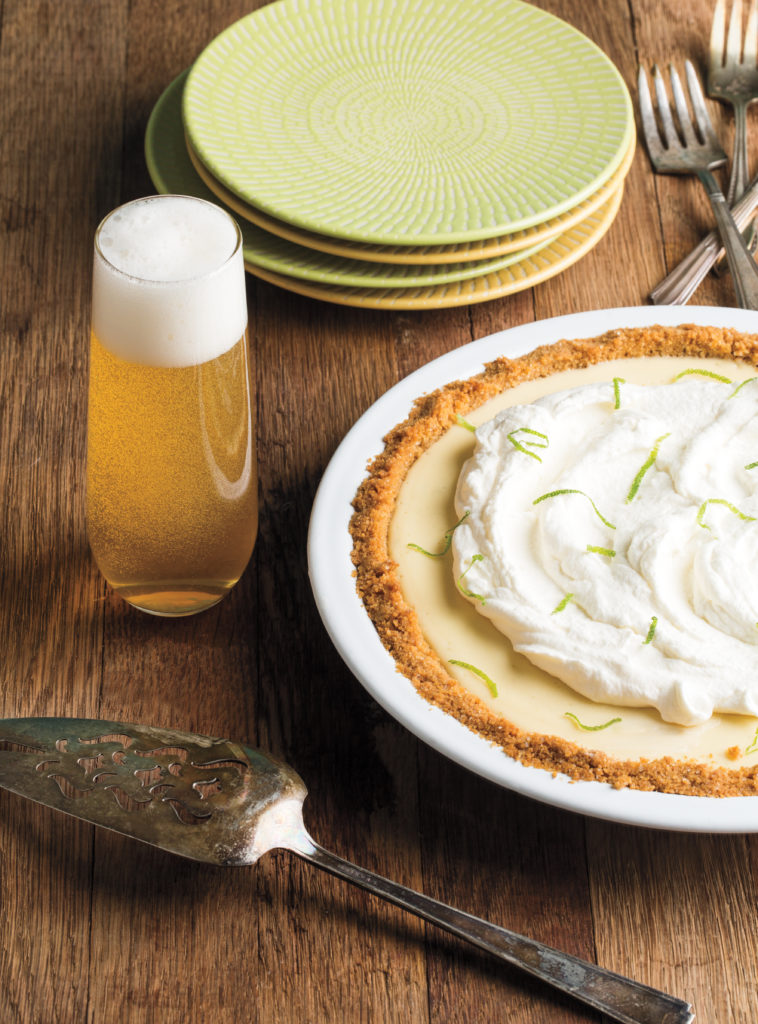
We’re eating and drinking all the time, so just start paying closer attention to the flavors, textures, and other sensations along the way. A little effort leads to big rewards, and pretty soon you’ll develop the kind of repertoire that means always having the perfect sip ready for the next forkful. Like the great dance team of Fred and Ginger, beer and food are lively, supple partners that
seem to have been made for each other. A beer and food match is always a great interaction, whether supporting, cajoling, caressing, or raising each other to lofty new heights. Beer and food just swing together.
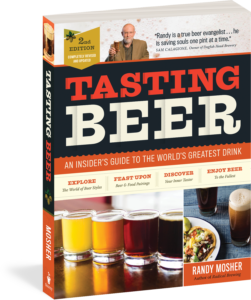 About the Book
About the Book
This completely updated second edition of the best-selling beer resource features the most current information on beer styles, flavor profiles, sensory evaluation guidelines, craft beer trends, food and beer pairings, and draft beer systems. You’ll learn to identify the scents, colors, flavors, mouth-feel, and vocabulary of the major beer styles—including ales, lagers, weissbeirs, and Belgian beers—and develop a more nuanced understanding of your favorite brews with in-depth sections on recent developments in the science of taste. Spirited drinkers will also enjoy the new section on beer cocktails that round out this comprehensive volume.
Buy the Book
Indiebound | B&N | Amazon | Workman

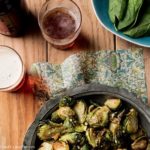


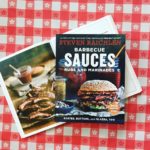
No Comments